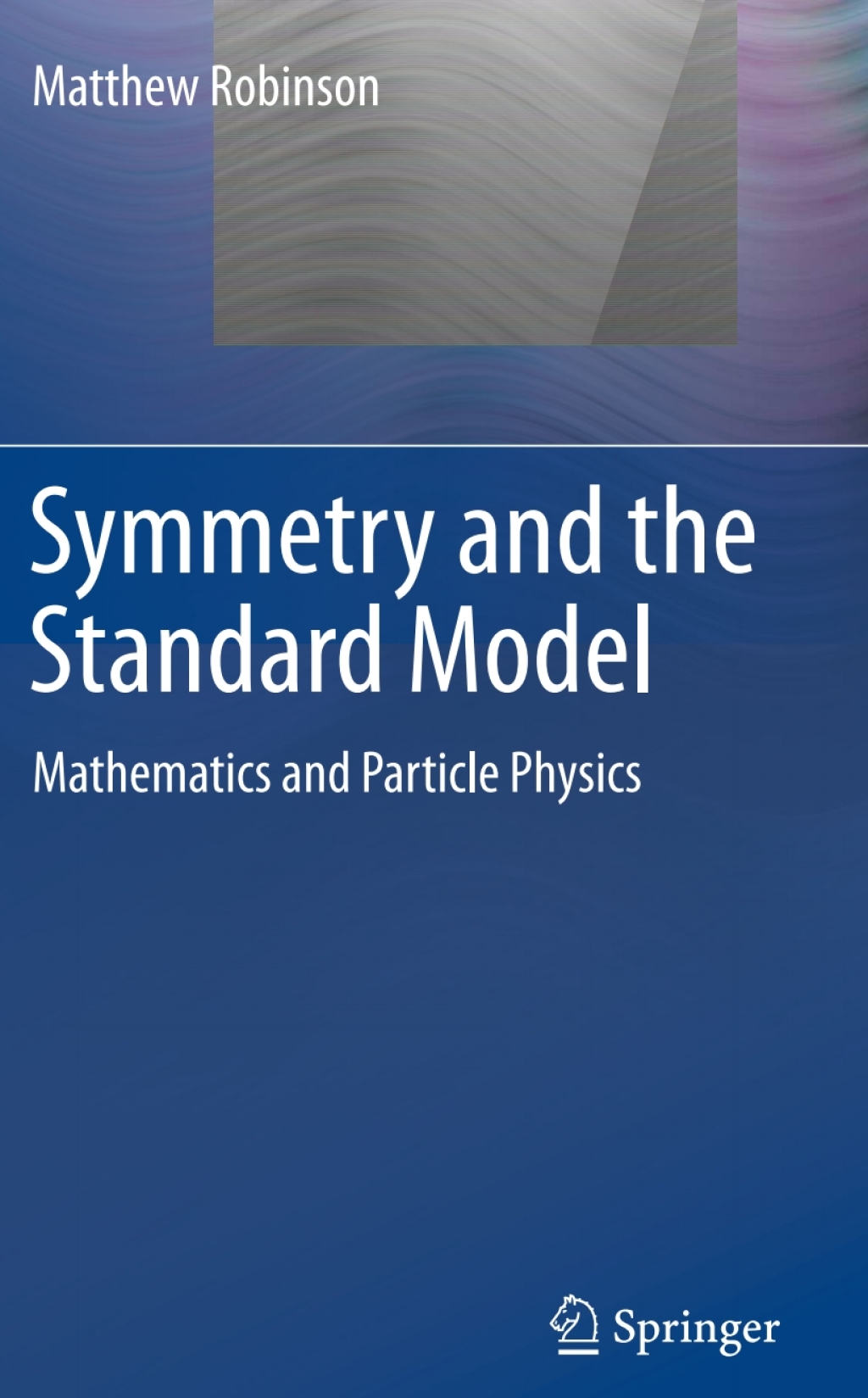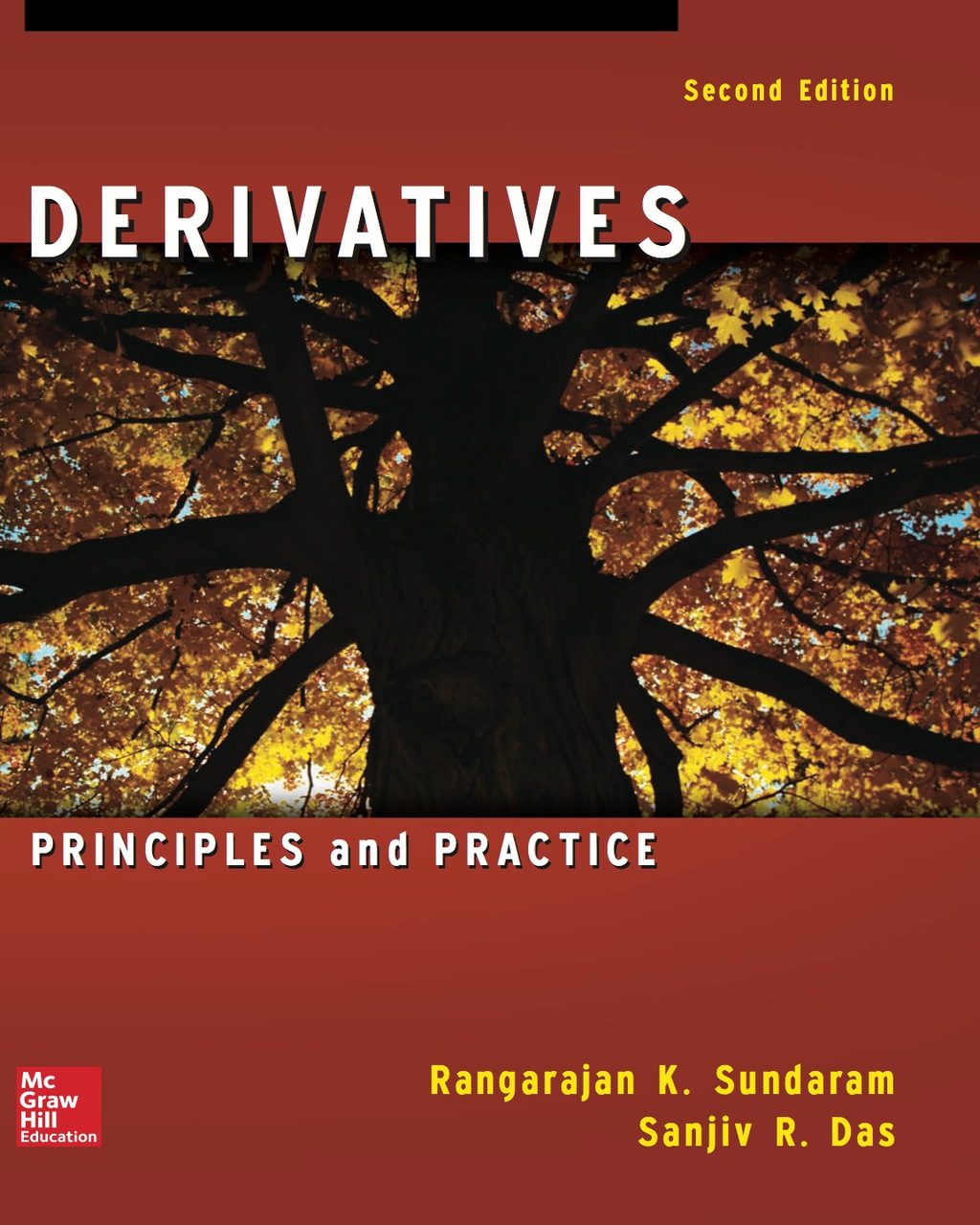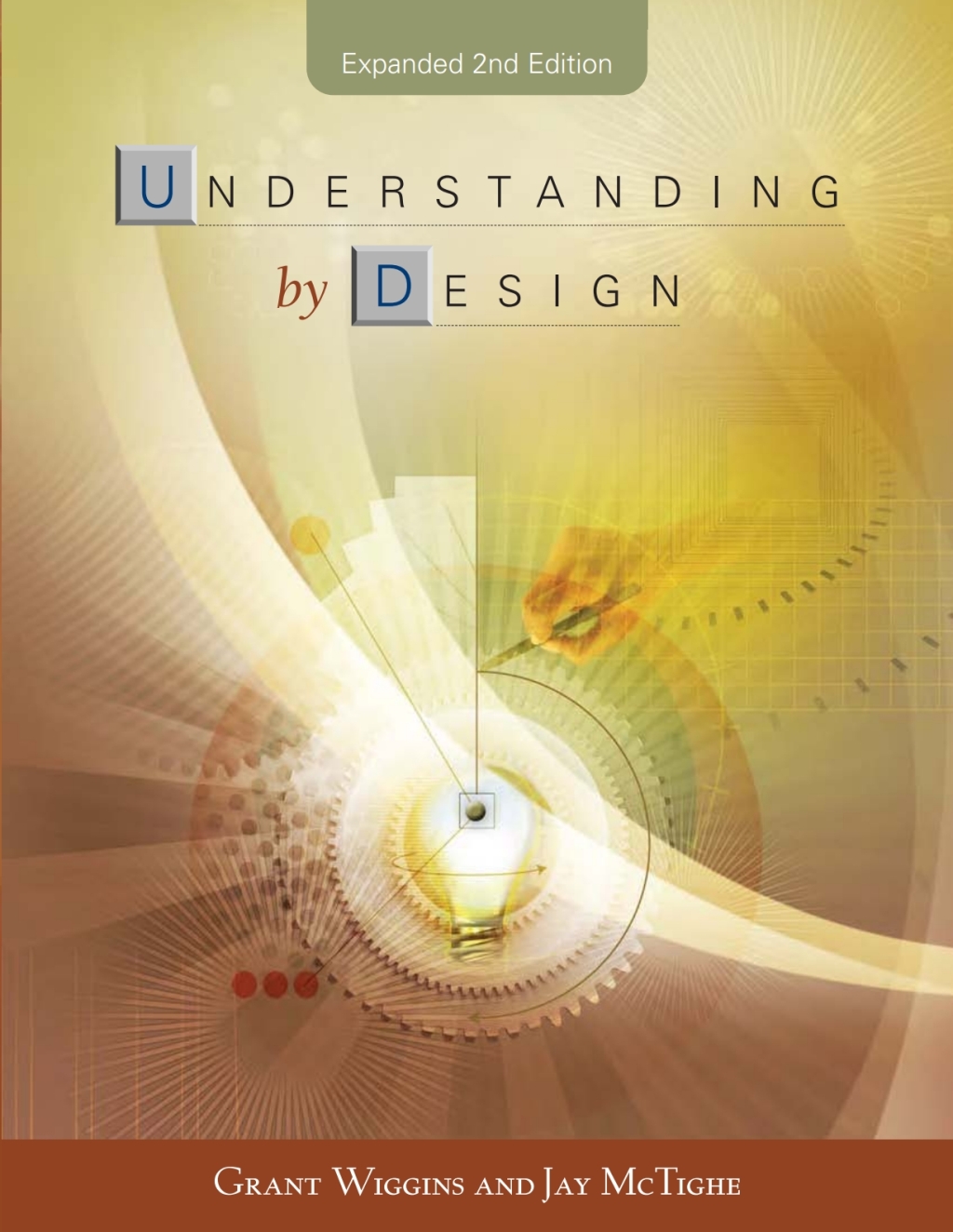Description
While theoretical particle physics is an extraordinarily fascinating field, the incredibly fast pace at which it moves along, combined with the huge amount of background information necessary to perform cutting edge research, poses a formidable challenge for graduate students. This book represents the first in a series designed to assist students in the process of transitioning from coursework to research in particle physics. Rather than reading literally dozens of physics and mathematics texts, trying to assimilate the countless ideas, translate notations and perspectives, and see how it all fits together to get a holistic understanding, this series provides a detailed overview of the major mathematical and physical ideas in theoretical particle physics. Ultimately the ideas will be presented in a unified, consistent, holistic picture, where each topic is built firmly on what has come before, and all topics are related in a clear and intuitive way. This introductory text on quantum field theory and particle physics provides both a self-contained and complete introduction to not only the necessary physical ideas, but also a complete introduction to the necessary mathematical tools. Assuming minimal knowledge of undergraduate physics and mathematics, this book lays both the mathematical and physical groundwork with clear, intuitive explanations and plenty of examples. The book then continues with an exposition of the Standard Model of Particle Physics, the theory that currently seems to explain the universe apart from gravity. Furthermore, this book was written as a primer for the more advanced mathematical and physical ideas to come later in this series.










